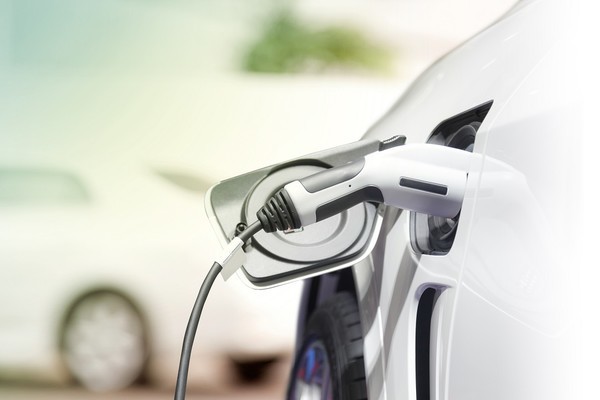ON THE ROAD TO SUSTAINABILITY: ELECTRIFYING FREIGHT TRANSPORT
The transport sector is one of the biggest emitters of air pollutants after industry. Within it, the freight sector, which predominantly uses heavy diesel-powered vehicles, is a critical point, but also one of enormous potential, particularly if incorporated into intermodal transport and sustainable development.
Emissions from heavy vehicles have increased year-on-year over the last decade; the increase is particularly marked in the freight transport sector, mainly due to road transport, which has seen constant growth in demand.
The vast majority of heavy vehicles in Europe (99%) run on internal combustion engines powered mainly by imported fossil fuels, such as diesel. Current emission standards for these vehicles date back to 2019 and are not in line with new EU climate targets.
In 2019, freight transport emissions exceeded those of aviation by 44% and those of maritime transport by 37%.
Through its climate policies, the European Union is introducing stricter standards for polluting vehicle emissions in order to incentivise the replacement of the vehicle fleet towards electric traction.
European policies to reduce polluting emissions
Within the framework of European policies to combat climate change, the reduction of polluting emissions plays a key role, and consequently, the transport and freight sector must also change its operations to achieve these goals.
The main steps on the road to reducing climate emissions:
- 11 December 2019: Presentation of the European Green Deal, which contains four targets for the EU: to achieve climate neutrality by 2050, to protect the lives of people, animals and plants by reducing pollution, to help companies become leaders in sustainable production and technologies, to contribute to a fair and inclusive transition;
- January 2020: Publication of Italy’s National Integrated Energy and Climate Plan 2030 (NIPEC), a tool designed to promote a shift in energy policy towards decarbonisation;
- 11 March 2020: Presentation of the European Commission’s New Circular Economy Action Plan;
- 14 February 2023: the European Parliament approves new legislation as part of the Fit for 55 package aimed at achieving zero CO2 emissions for new passenger cars and light commercial vehicles in 2035.
Specifically, in this latest package, the Commission proposes to gradually introduce stricter CO2 emission levels for almost all new heavy vehicles with certified CO2 emissions:
- emissions reduced by 45% from 2030,
- emissions reduced by 65% from 2035,
- emissions reduced by 90% from 2040.
This will encourage conversion to electric or hybrid forms of powering vehicles.

Data on freight transport in Europe
Through its reports, the European Environment Agency describes the numbers in the freight transport sector in 2019, pre-pandemic, as follows:
- in 2019, a total of 3,392 billion tonne-km of freight was transported, 23.0% more than in 2000;
- 52.0% of freight (in tonne-km) was transported by road, up from 48.7% in 2000; the volume of freight (tonne-km) transported by road grew at approximately the same rate as the economy;
- intermodal transport increased by almost 130% in 2020 compared to 2012, but its share of total freight transport is small;
- the situation in the EU for freight transport varies by country, according to both the nationality of the vehicle and the country in which the transport takes place;
- EU scenarios project a 31% increase in freight transport volume by 2030 compared to 2015 and a 55% increase by 2050. (However, the impact of the Russian invasion of Ukraine and the COVID-19 pandemic on these projections may have to be adjusted);
- in Europe, road freight transport accounts for 2% of vehicles on the road, but is responsible for more than a quarter of road transport emissions;
- in 2019, CO2 emissions accounted for 98.8% of greenhouse gas emissions from transport. In addition to these, there are also those related to the production and distribution of fuels and electricity for transport classified in the “other sectors” emissions group.

